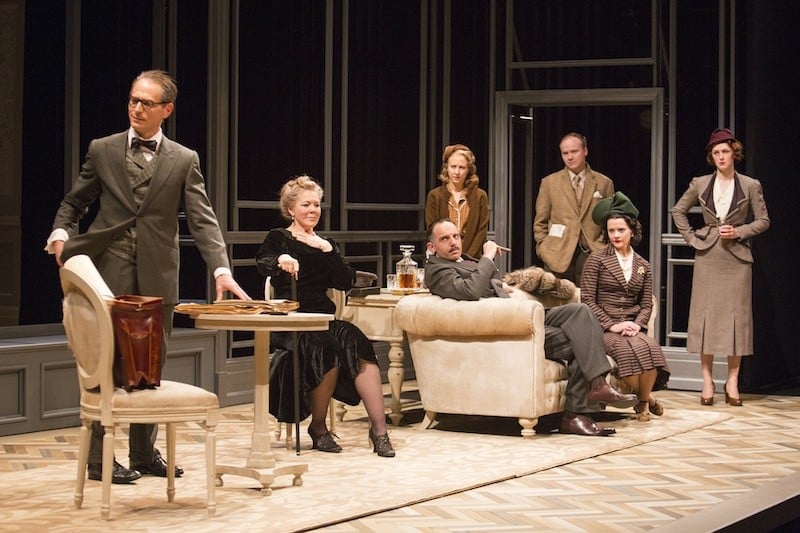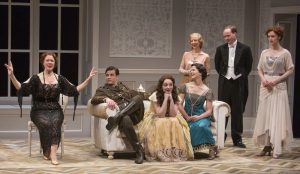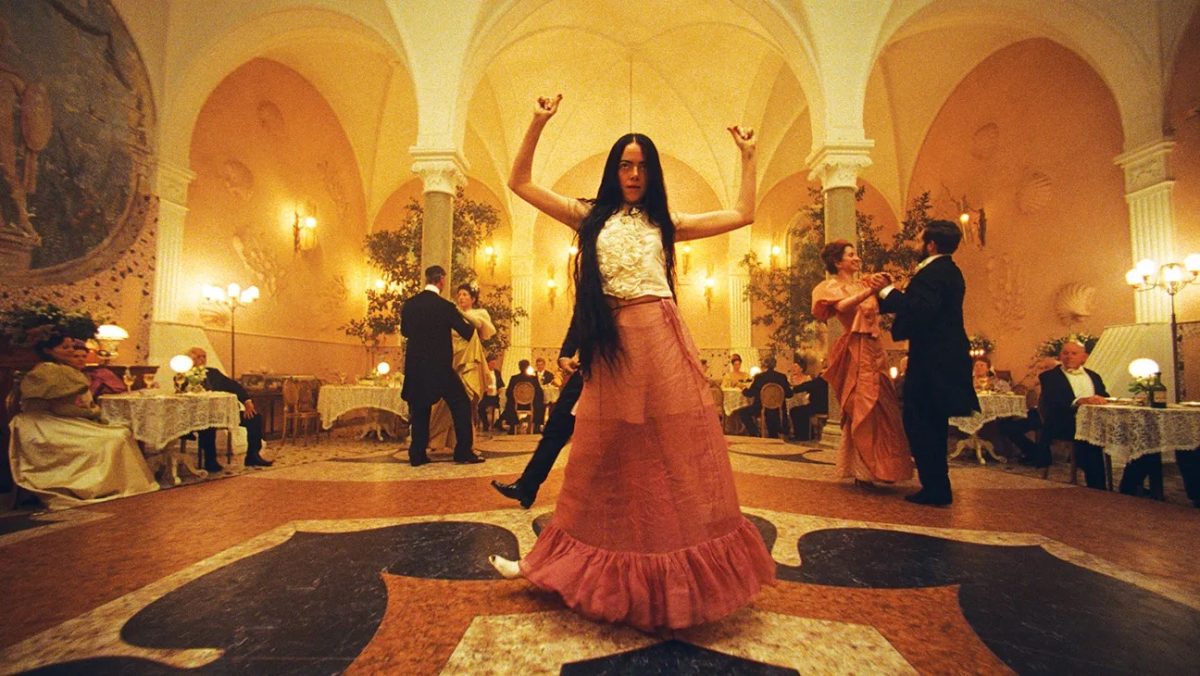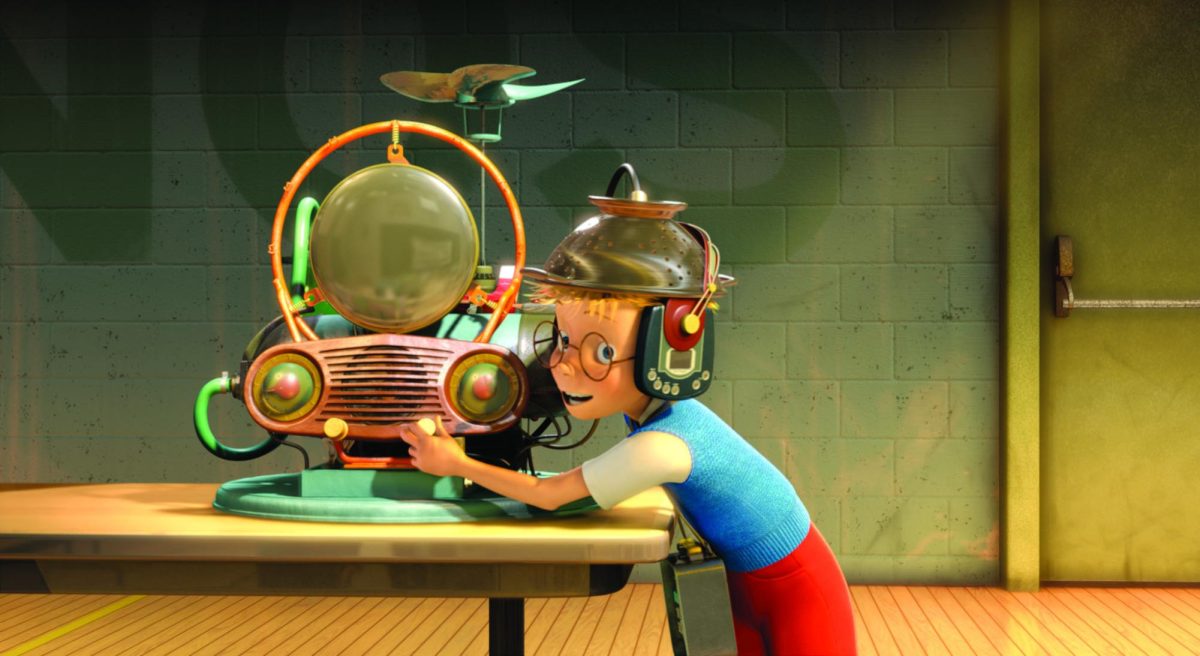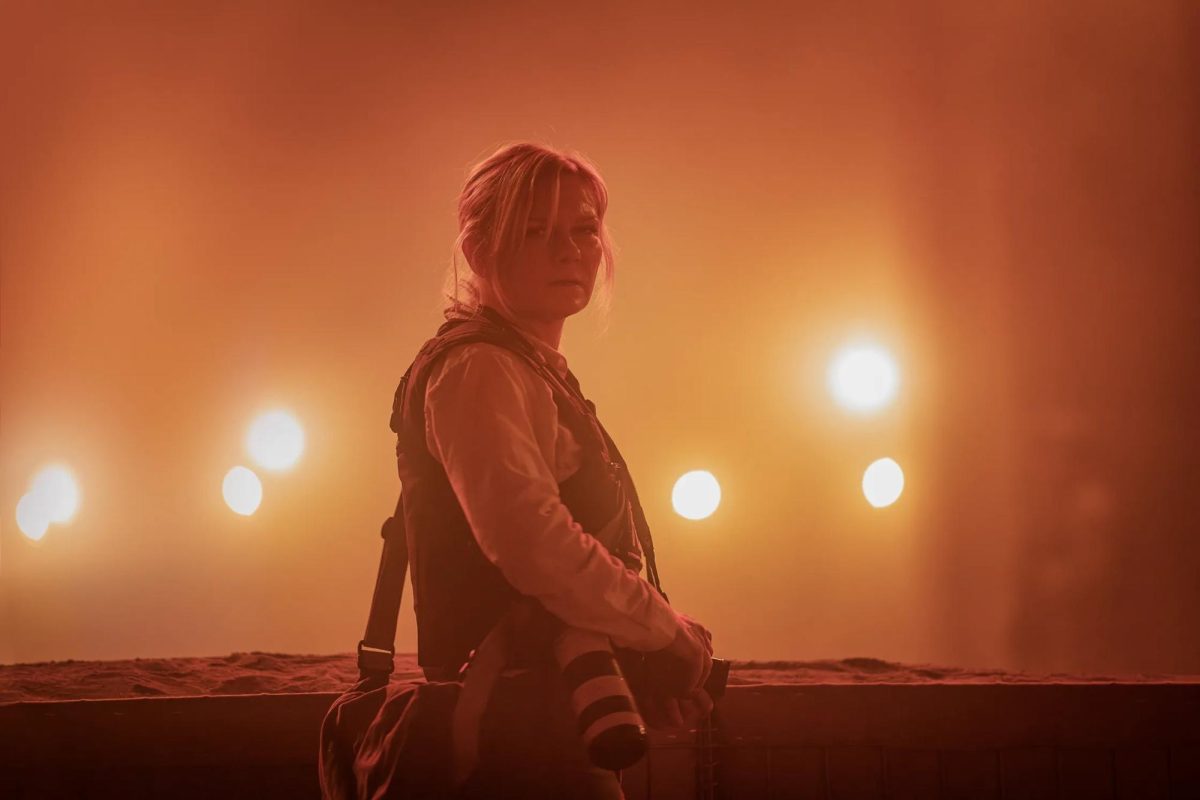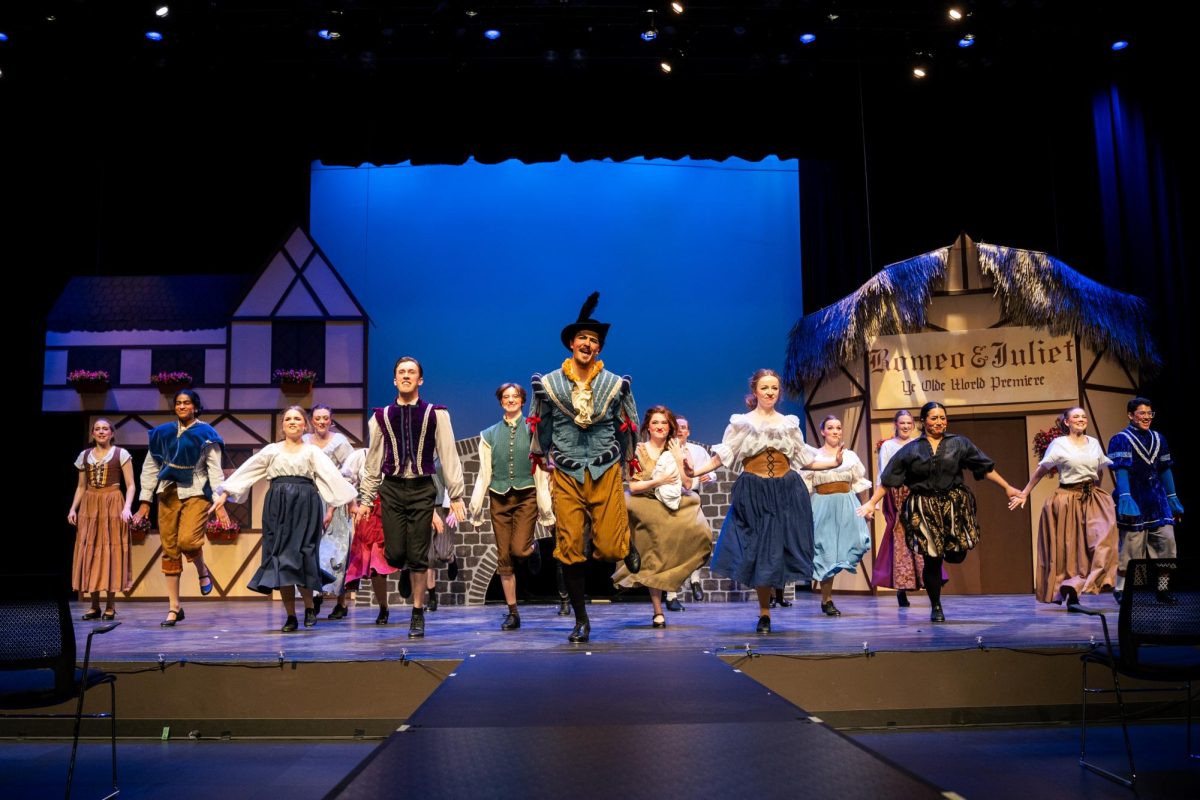The Old Globe gives audiences a timeless philosophy lesson without sacrificing a poignant story and innovative set design.
Rating: 4/5 stars
Directed by Rebecca Taichman
Written by J.B. Priestley
Starring Amanda Quaid, Kim Martin-Cotten, Rose Hemingway, Jonathan Fielding, Leanne Agmon
Runs March 29 to May 4
Location: The Old Globe Theatre

Here’s the thing about plays: Unlike most blockbuster movies, there is not one moment when you’re allowed to take a mental break. There are no chances to “ooh” and “ahh” over CGI effects or close-up shots. Instead, merely sitting at a play seems to enhance one’s acuity, as the audience must instead put their brains to work by honing in on a scene that theatregoers are both detached from and close in proximity to.
“Time and the Conways” is no exception in increasing audiences’ IQ scores — its didactic nature never bogs down its source material in inaccessible intellectualism. Playwright J.B. Priestley held a strong interest in philosopher J.W. Dunne’s theories on time: that at any given point, we are experiencing a cross-section of ourselves, as defined by our past, present and future.
“Conways” is a representation of those complex theories, yet it is still able to appeal to viewers with its “Downton Abbey”-esque, exciting drama feel (albeit without so much soap). Like the television show, “Conways” revolves around a well-to-do British family living in the interwar period. In the first act, the lighting, Edwardian decor, stunning costumes and the Conways’ bubbly demeanor introduce a picture-perfect, quaint family of six loving, young adults and their widowed mother. But as the play progresses into 1937, the Conways’ flaws become more apparent. Wracked by the Great Depression and the impending Second World War, the family reveals the skeletons in its closet, furthering the unhappiness that has been stealthily looming in their consciousness since 1919.
With the transitions between 1919 and 1937, perhaps the biggest star of the “Conways” is the play’s only set, a sitting room in the Conways’ home. Not simply a placeholder for the Conways and their company, it evokes a strong sense of the passage of time and the differences between two periods. To show the Conways experiencing both their pasts and their futures, the set of the cozy room of 1919 is moved backward but is still seen by the audience through a cold, metal frame of 1937 mimicking the warm, inviting windows and wallpaper of the Edwardian room. The emphasis given on the room’s transformation itself is immensely inventive, giving a tangible illustration of Dunne’s views against a linear perception of time.
That is not to say, of course, that the ensemble cast does not stand out in their own right. To make a dysfunctional family likeable, the Conways’ chemistry was vital to their portrayal on stage — and this production’s cast convincingly depicted more than a few beautifully complicated relationships.
As these characters experience the 1930s, we see their fashions and mannerisms change, and — considering the 18-year leap in time — we see them age considerably. Because of the latter, Hollywood might think “Time and the Conways” would be perfect for the big screen. After all, why not put actors through hours of prosthetics and makeup to look almost two-decades older? But at its core, the story of a family moving through time is intended for the stage and no other medium. In the theatre, where actors do a much-appreciated curtain call instead of a red carpet premiere, we’re able to mull over a play’s message more fully and witness such things as two sets on one stage teaching philosophy. With its weighty matters, “Conways” is more worthy of the stage. So don’t expect to eventually see a film adaptation of “Conways”. That’s simply not in the cards for this play’s future.


